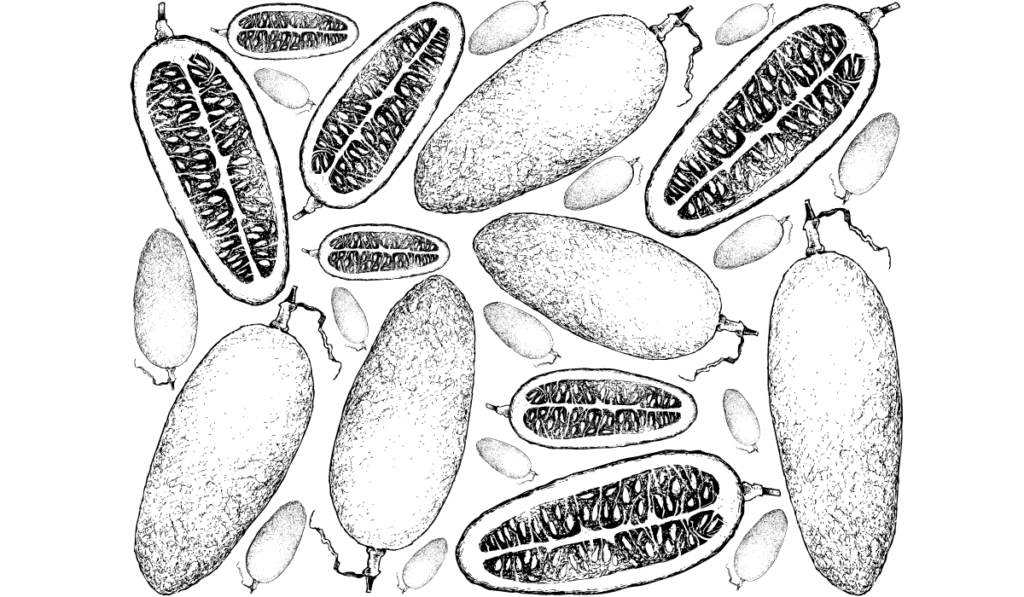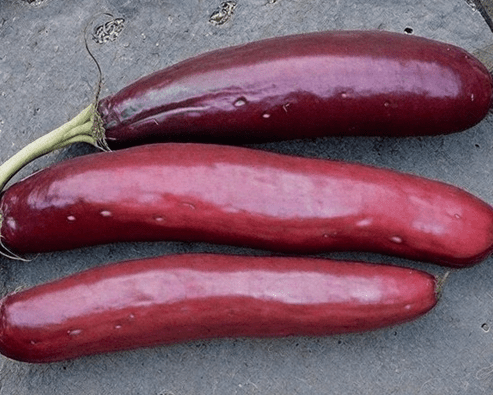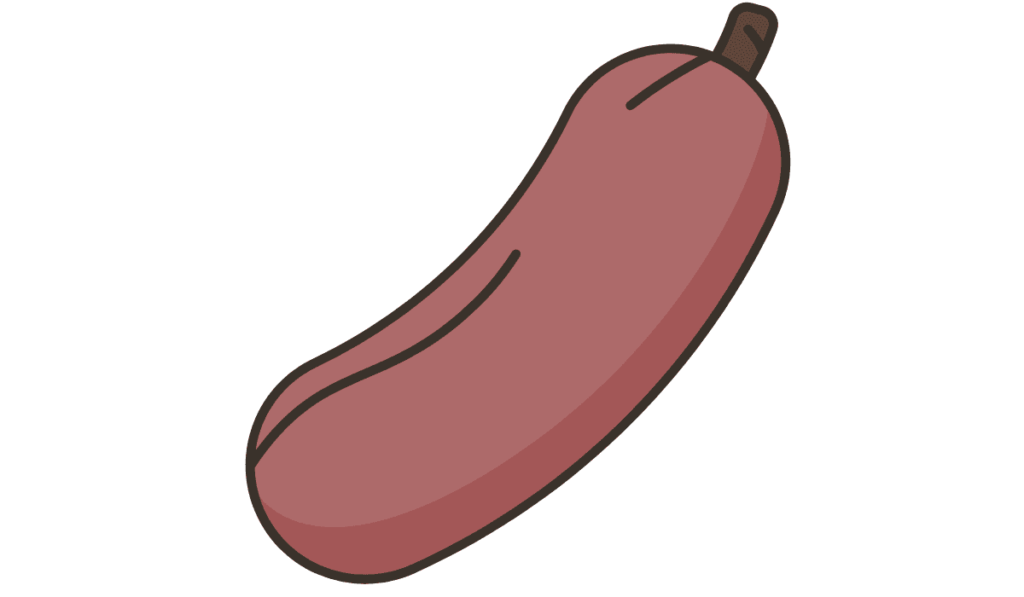Exploring the realm of cassabanana tree cultivation reveals not only the joys of nurturing tropical vines but also the challenges presented by various pests. In this informative guide, we embark on a journey through the world of cassabanana tree pests, equipping you with the knowledge to identify, prevent, and effectively manage these intruders. By the end of this article, you’ll be well-prepared to protect your cassabanana trees, ensuring their continued growth and the production of their aromatic and unique fruits. Let’s delve into the vital domain of pest identification, prevention, and management for your cherished cassabanana trees.
1. Aphids (Aphidoidea)
Identification:
Symptoms: Clusters of small, soft-bodied insects on leaves and stems.
Identification Tips: Aphids are tiny and come in various colors. Look for clusters on new growth and the undersides of leaves.
Prevention and Management:
Prevention: Encourage natural predators like ladybugs, use reflective mulch, and avoid over-fertilization.
Management: Spray affected areas with a strong stream of water, apply insecticidal soap, or use neem oil.
2. Whiteflies (Aleyrodidae)
Identification:
Symptoms: Small, white, moth-like insects on the undersides of leaves.
Identification Tips: Whiteflies are tiny and easily disturbed when approached. They leave a white, powdery residue on leaves.
Prevention and Management:
Prevention: Use yellow sticky traps to monitor and control whiteflies, encourage natural predators, and maintain plant health.
Management: Apply insecticidal soap, neem oil, or introduce beneficial insects like parasitic wasps.
3. Spider Mites (Tetranychidae)
Identification:
Symptoms: Fine webbing on leaves, stippling (tiny yellow or white spots), and leaf discoloration.
Identification Tips: Spider mites are extremely small and may require a magnifying glass to spot. Look for webbing and stippled leaves.
Prevention and Management:
Prevention: Maintain proper humidity levels, avoid over-fertilization, and provide good airflow.
Management: Use neem oil, insecticidal soap, or horticultural oil to control spider mites.
4. Scale Insects (Coccoidea)
Identification:
Symptoms: Small, oval or round insects attached to stems and leaves, often resembling small bumps or scales.
Identification Tips: Scales can vary in color and size, depending on the species. They may appear as raised, waxy spots.
Prevention and Management:
Prevention: Inspect new plants before introducing them to your garden, encourage natural predators, and maintain plant health.
Management: Use a soft brush to remove scales, apply neem oil, or use systemic insecticides.
5. Mealybugs (Pseudococcidae)
Identification:
Symptoms: White, cottony masses on leaves and stems, with small, soft-bodied insects underneath.
Identification Tips: Mealybugs are covered in a white, waxy substance. Look for clusters on plant surfaces.
Prevention and Management:
Prevention: Encourage natural predators, maintain plant health, and inspect new plants before adding them to your garden.
Management: Remove mealybugs manually, use insecticidal soap, or introduce beneficial insects like ladybugs.
6. Thrips (Thripidae)
Identification:
Symptoms: Tiny, slender insects causing stippling, discoloration, and distorted growth on leaves.
Identification Tips: Thrips are small and difficult to see without a magnifying glass. Look for damaged foliage.
Prevention and Management:
Prevention: Use reflective mulch, maintain plant health, and encourage natural predators.
Management: Apply neem oil, insecticidal soap, or use predatory mites to control thrips.
7. Leafhoppers (Cicadellidae)
Identification:
Symptoms: Small, wedge-shaped insects that jump when disturbed, causing stippling and yellowing of leaves.
Identification Tips: Leafhoppers are agile and can quickly move from plant to plant. Look for their distinctive shape and jumping behavior.
Prevention and Management:
Prevention: Maintain weed control in your garden, use reflective mulch, and encourage natural predators.
Management: Apply insecticidal soap, neem oil, or use predatory insects like lacewings.
8. Snails and Slugs (Gastropoda)
Identification:
Symptoms: Irregular holes in leaves and a shiny, slimy trail left on plant surfaces.
Identification Tips: Snails and slugs are nocturnal and leave a distinctive slime trail as they feed.
Prevention and Management:
Prevention: Use barriers like copper tape, maintain garden cleanliness, and avoid overwatering.
Management: Handpick snails and slugs, set up traps, or use baits containing iron phosphate.
9. Caterpillars (Lepidoptera)
Identification:
Symptoms: Chewed leaves, droppings (frass), and presence of caterpillars on the plant.
Identification Tips: Caterpillars vary in size, color, and markings. Look for their presence and the damage they cause.
Prevention and Management:
Prevention: Encourage natural predators like birds, inspect plants regularly, and maintain garden cleanliness.
Management: Handpick caterpillars, use biological controls like parasitic wasps, or apply Bacillus thuringiensis (Bt) products.
10. Rodents (Rodentia)
Identification:
Symptoms: Gnawed leaves, stems, and fruit, along with the presence of droppings and burrows near the cassabanana tree.
Identification Tips: Look for signs of rodent activity, such as gnaw marks, droppings, and burrows.
Prevention and Management:
Prevention: Use traps or bait stations, keep the garden clean, and eliminate food sources.
Management: Set up traps, use rodenticides cautiously, or consider natural repellents.
Conclusion
By familiarizing yourself with these common pests of cassabanana trees and implementing effective prevention and management strategies, you can protect your garden and enjoy healthy cassabanana trees that produce sweet and aromatic fruits. Regular monitoring, prompt action, and a well-maintained garden are key to keeping these pests in check and ensuring the success of your cassabanana cultivation.



